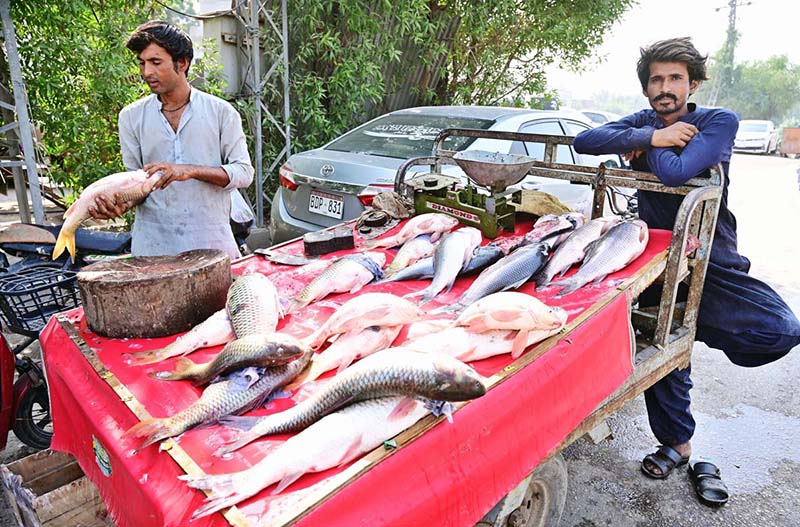Copyright newyorker

Could one of the U.K.’s most notorious murder cases have ended in a wrongful conviction? In a new series from the Pulitzer Prize-winning podcast In the Dark, Heidi Blake examines the evidence and asks whether the British justice system got it wrong. Plus: • Why Biden’s White House press secretary is leaving the party • Sports gambling was a disaster waiting to happen • Wait, you can’t think in images? Heidi Blake An investigative journalist and contributing writer to The New Yorker. The massacre at Whitehouse Farm, in the summer of 1985, was one of the most infamous crimes in British history. A wealthy farming couple named Nevill and June Bamber were shot dead in the middle of the night in their country manor, along with their daughter, Sheila, and her six-year-old twin sons. The Bambers were regarded as gentry in the sleepy rural community of Tolleshunt D’arcy, in Essex, where they lived, and their murder obsessed the nation. The crime had all the trappings of a classic English whodunnit. The Whitehouse—a grand Georgian manor facing the bleak Essex salt marshes—had been locked from the inside when the family’s bodies were discovered. Sheila, a successful model who suffered from paranoid schizophrenia, was found dead holding the murder weapon. Police initially assumed she had killed the family in a murder-suicide, but that theory was upended by a series of troubling clues: a bloody Bible propped at a strange angle against Sheila’s arm; the disappearance of a hoard of “family treasures”; a blood-spattered silencer hidden under the stairs. In the end, Sheila’s brother, Jeremy, was arrested for the crime. Prosecutors said he had murdered the family for their fortune, before staging the scene to frame his sister, and he was sentenced to life in prison in 1986. Four decades later, he remains one of the nation’s most reviled convicts, locked up in a maximum-security facility known to the press as “Monster Mansion.” The story of the crime has passed into public folklore; when I started out as an investigative journalist, it never occurred to me to question it. But then, a couple of years ago, I got a tip that intrigued me. I learned that the narrative that was first presented to the jury at Jeremy Bamber’s trial and then repeated in countless retellings—books, documentaries, even a recent hit TV drama—might be totally wrong. So I began digging into the murders, trawling through hundreds of thousands of case files; interviewing senior detectives and crucial witnesses; and speaking daily over the course of months with Jeremy Bamber from inside his cell. What I uncovered astonished me. There were festering family vendettas; botched forensics; staggering police failings. And then I stumbled upon a new witness with vital evidence of what had really happened inside Whitehouse Farm—whose story threatened to blow up the entire case. I’ve been working with The New Yorker’s investigative podcast In the Dark to tell the story of the murders at Whitehouse Farm, alongside our inspired and indefatigable lead producer Natalie Jablonski. “Blood Relatives” is a six-part series that exposes shocking truths—not only about this famous case, but also about the police, the judiciary, and the entire British legal establishment. It’s been an honor to collaborate with In the Dark, and I’m so excited to share what we made. We hope you’ll listen. Hurricane Melissa made landfall today near New Hope, Jamaica, as a Category 5 storm. How bad is it? “About as bad as it could possibly be. Hurricane Melissa is one of the strongest storms on record ever to form in the Atlantic. Sustained winds were a hundred and eighty-five miles per hour, but a reconnaissance mission to the eyewall found gusts at sea level in excess of a hundred and ninety miles per hour, and much higher a few hundred feet up. Jamaica is mountainous, which almost certainly means mudslides from the massive rains. Although the heart of the storm is missing Kingston, Jamaica’s largest city, it will pummel one of the island’s key agricultural areas.” —Bill McKibben, a contributing writer for The New Yorker who focusses on climate policy When Nick Watkins was thirty-five, he realized that most other people could see pictures in their mind—an ability he had never even considered possible. This week, Larissa MacFarquhar writes about the condition, now known as aphantasia, and explores what else people like Watkins might be missing. Read the story » Why Biden’s White House Press Secretary Is Leaving the Democratic Party The Sports-Betting Disaster Rachel Dratch Gets Metaphysical on Her Woo-Woo Podcast Shouts & Murmurs: I, a Performatively Feminist Male, Will Be Touring Internationally Read: “Trip,” by Amie Barrodale, is a strange and funny novel that involves a journey across the Atlantic and the quasi-psychedelic quality of dying. See more of what we’re reading this week. Watch: In Guillermo del Toro’s “Frankenstein,” now in select theatres and coming soon to Netflix, the doctor’s famous creation is, like many monsters these days, “soulful, so desperate to be understood.” Listen: After listening to the new season of In the Dark, you might try “Noble,” a podcast about hundreds of dead bodies found in the woods—and our critic’s favorite listen of 2024. Today’s Crossword Puzzle: Brunch order at a trattoria—eight letters. Laugh Lines: Test your knowledge of classic New Yorker cartoons. Name Drop: Guess the identity of a notable person in six clues. P.S. The Dodgers beat the Blue Jays last night, in the second-longest game in World Series history—long enough for Shohei Ohtani, perhaps the greatest player who’s ever lived, to reach base a record nine times. Erin Neil contributed to today’s edition.



